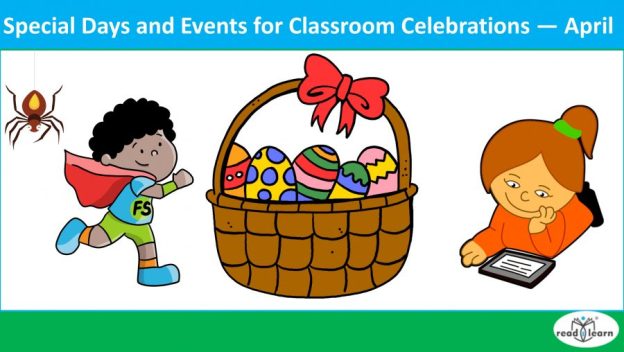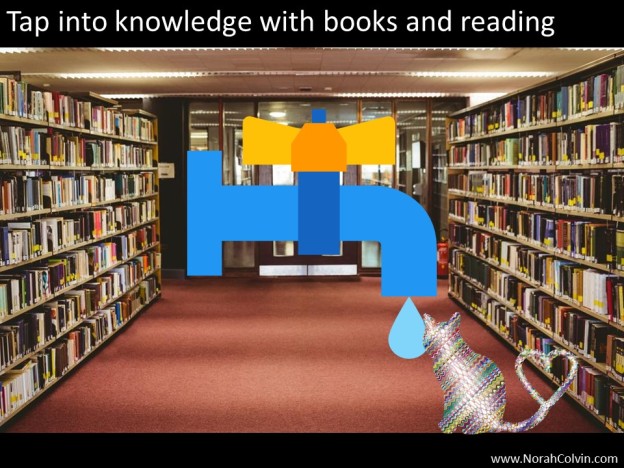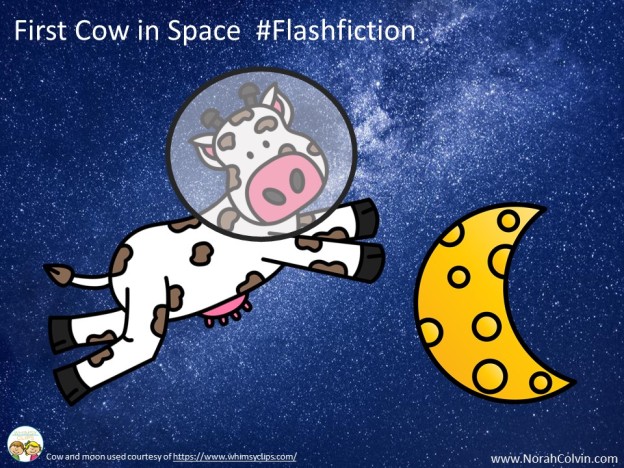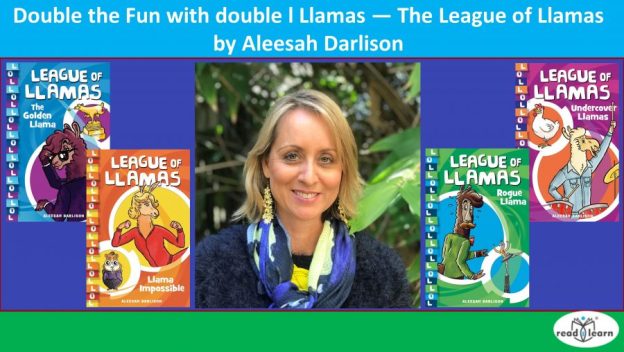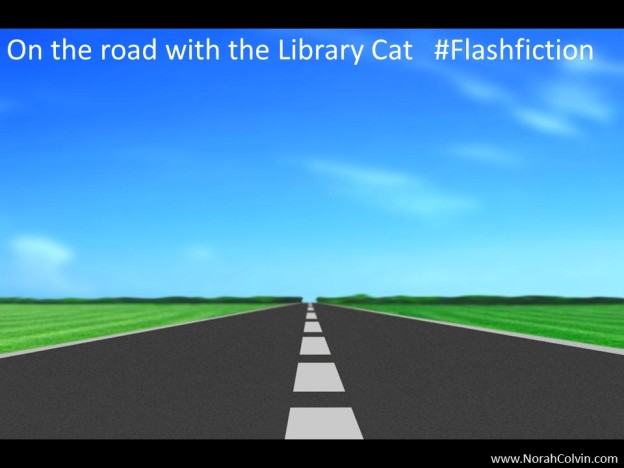
This week at the Carrot Ranch, Charli Mills challenged writers to In 99 words (no more, no less), write a story in which a character takes charge. Who is this character, and what situation calls for their action? It can be playful or serious, fantastical, or realistic. Go where the prompt leads!
While not really about a character taking charge, as Charli suggested, my thoughts went to the stampede that occurred in supermarkets across the globe earlier this month, and I wondered who had initiated it and how they had achieved such a dramatic result. It seemed to me that it was more suited to an April Fools’ Day joke (that’s tomorrow, folks) than a serious event organised by the March Hare. Not that I would approve of such a joke.
I remember being warned in the early seventies (way back last century) about the use of subliminal messaging in cinema advertising. I never liked the idea that someone could be trying to control my thoughts and actions with subliminal messages. Now, of course, we have social media. There’s nothing subliminal about that and the effect is more immediate and more widespread.
The toilet paper stampede occurred because of a fictional shortage which then became a reality because people were buying in bulk and hoarding it, meaning there was none for anyone else. People seemed to be doing it because everyone else was doing it, regardless of the reassurances we were being given that there was, and never would be, a toilet paper shortage.
This, in turn, reminded me of the story of The Emperor’s New Clothes by Hans Christian Andersen. It has been one of my favourite stories since childhood. I could never understand why people would join in admiring the emperor’s clothes when they must have been able to see that he wasn’t wearing any. However, the very clever trickster weavers pulled the perfect April Fools’ Day joke by telling everyone that only the clever could see the clothes. Who would dare to admit their lack of cleverness? I was always pleased that it was the children who were brave and honest and spoke up to denounce the scoundrels.
So, with April Fools’ Day on 1 April and Hans Christian Andersen’s birthday on 2 April, it seems the perfect time to think about who might be in charge. This is my story. I hope you like it.
Charge!
As if a starting gun had been fired, the children scattered, looking in grass, under rocks, in branches of trees.
“What’re you doing?” asked the playground supervisor.
“There’s eggs, Miss. Easter eggs — millions of ‘em. Enough for everyone.”
“How many’ve you found?”
“None yet. Gotta keep lookin’.”
After a while, the searching slowed. “How many’ve you got?”
They showed empty pockets and empty hands.
The supervisor said, “Who said there were eggs?”
They shrugged.
When the punishment was handed down, the instigators explained, “It was just an experiment to see how many’d be sucked in. We meant no harm.”
You’ll be as pleased to know as I am, that Google has cancelled April Fools’ Day jokes for 2020 and that the coronavirus is deemed unsuitable for April Fools’ pranks. I thought that would go without saying.
I want you to know that this is not a joke: I may join in these challenges only intermittently for the next few months due to work commitments. I may also not get to visit your blogs as often as I would like but know that I will get there as often as I can. Stay well and happy and keep your distance from that awful virus.

Thank you for reading. I appreciate your feedback. Please share your thoughts.



